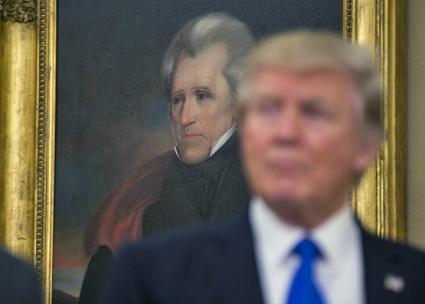Attrition in Denver Charter Schools
There are serious cautions when it comes to the proliferation "successful" charters, starting with the fiscal impact on hosting districts as charters expand. We should also be concerned about the abrogation of student and family rights, the lack of transparency in charter school governance, the narrowing of the curriculum in test-focused charters, the racially disparate disciplinary practices in "no excuses" charters, and the incentives in the current system that encourage bad behaviors.
But let's set all that aside and look at the evidence Leonhardt presents to justify his push for more charters:
Unlike most voucher programs, many charter-school systems are subject to rigorous evaluation and oversight. Local officials decide which charters can open and expand. Officials don’t get every decision right, but they are able to evaluate schools based on student progress and surveys of teachers and families.
As a result, many charters have flourished, especially in places where traditional schools have struggled. This evidence comes from top academic researchers, studying a variety of places, including Washington, Boston, Denver, New Orleans, New York, Florida and Texas. The anecdotes about failed charters are real, but they’re not the norm.You'll notice that Leonhardt picks cities and states that uphold his argument while excluding others like Detroit, Philadelphia, and Ohio. In addition: I spent a lot of time last year explaining why the vaunted Boston charter sector isn't all it's cracked up to be. I've also documented the mess that is Florida's charter sector. I'll try to get to some of Jersey Jazzman: Attrition in Denver Charter Schools:
























